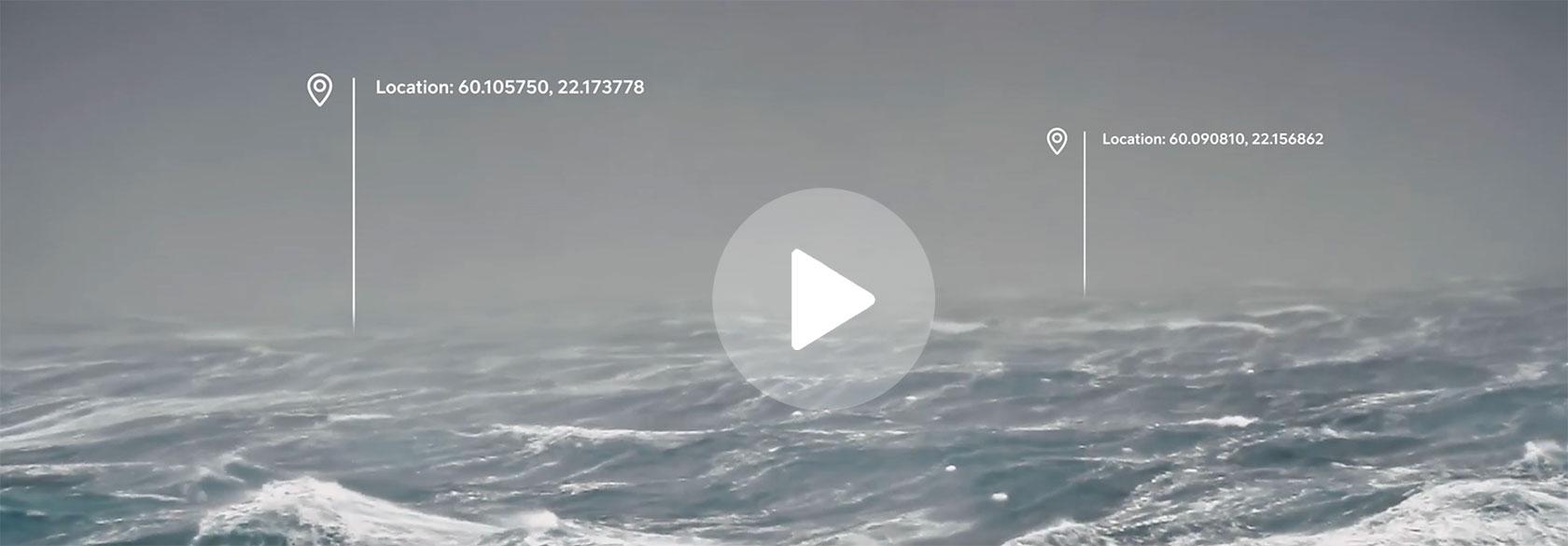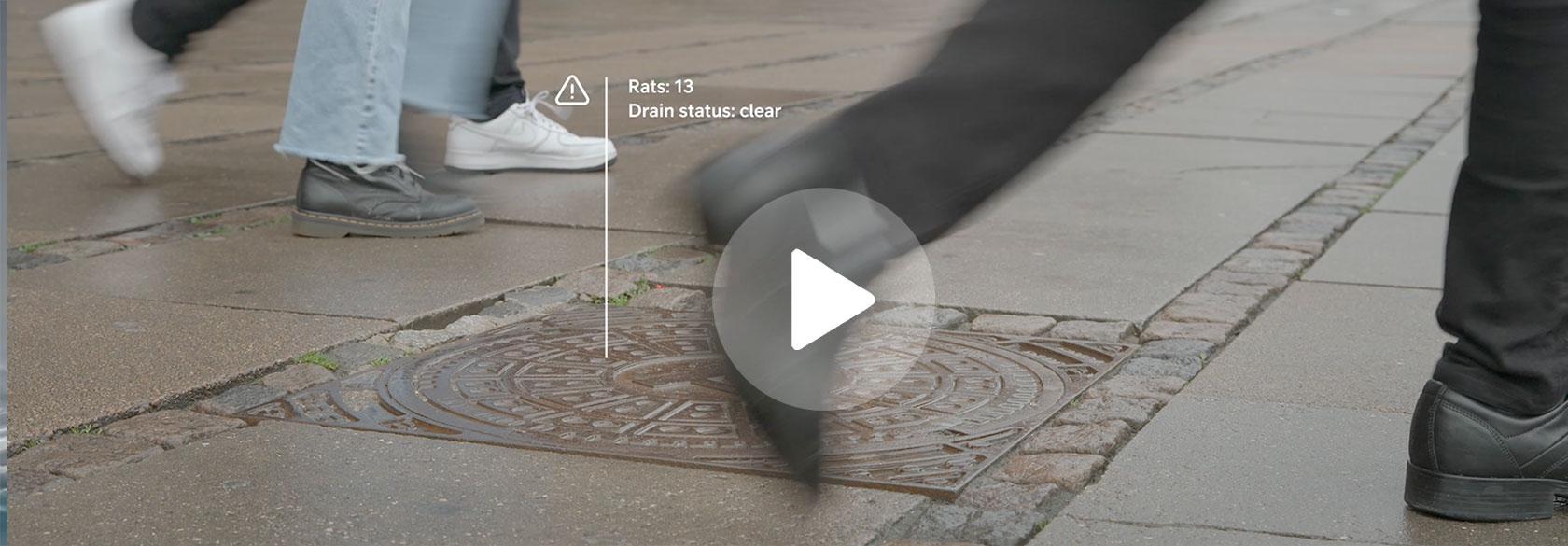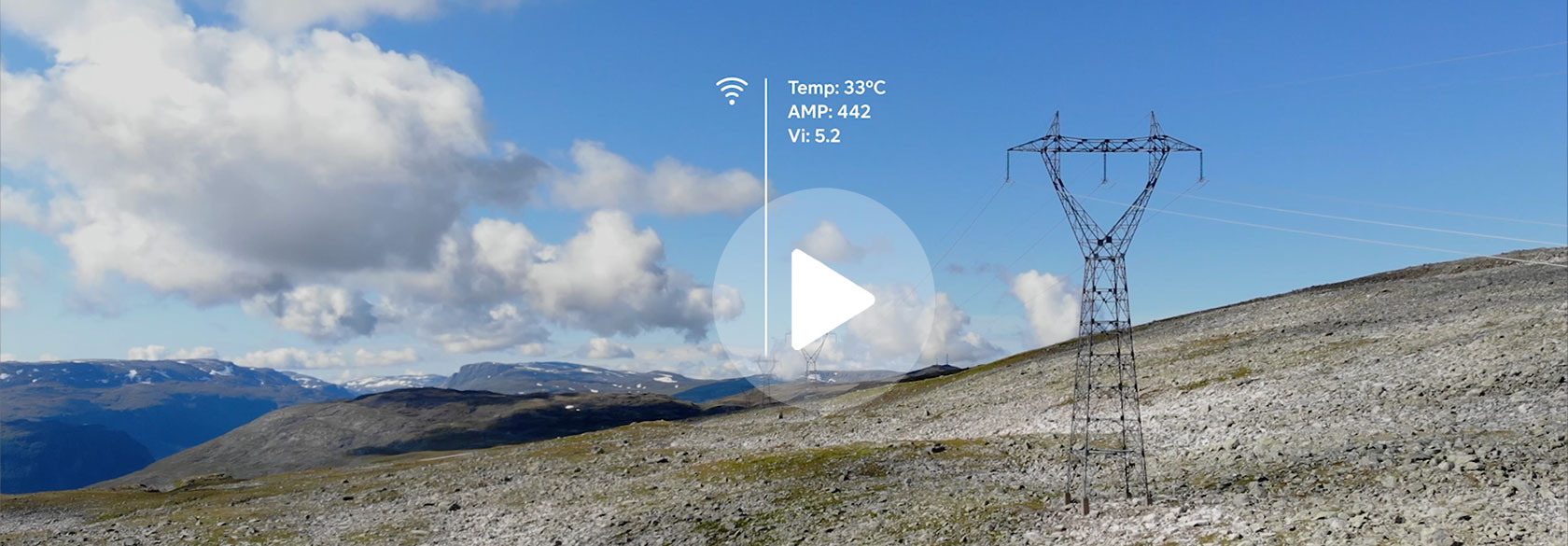IoT in hard-to-reach places
From the mountains of Norway to the islands of Finland and the sewers beneath our feet; Telia LPWA is unlocking IoT value in places never possible before.
Ever since Telia rolled out its low-power-wide-area (LPWA) IoT networks, customers have been connecting IoT use cases that were never possible before. The extended reach and penetration can connect sensors in remote areas as well as deep inside buildings and underground. At the same time, the ultra-low energy consumption for low-data use cases means batteries don’t need to be changed for years. Learn how some of our customers are using Telia LPWA to connect IoT in hard-to-reach places.
Connecting Finland's coastal waters
Yepzon needed a tracker that could connect from the outer reaches of Finland’s archipelagos using only the power of a small solar cell. That’s when they started looking into Telia LPWA.
Connecting Denmark's undergraound sewers
Ratel wanted to connect rat traps deep underground in the sewers of Denmark. To do this, the connectivity would need to penetrate heavy steel drain covers and thick concrete and building foundations. So they started testing Telia LPWA to see what difference it could make.
Connecting the grid in Norway
Heimdall Power developed sensors to digitize the power grid. The only problem was connecting them in some of the most remote mountain regions in the world. So they looked at a hybrid solution with Telia LPWA at the fore.
Telia LPWA stands for Low-Power-Wide-Area connectivity. It is made up of the two built-for-IoT network technologies: NB-IoT and LTE-M. These technologies are the natural successors for 2G and 3G devices that need to be replaced with future-ready IoT connectivity.
NB-IoT is designed specifically for low-data use cases such as sending data or status updates once an hour or once a day. It is also optimized for ultra-low energy consumption, meaning IoT modules can run for years without needing a new battery.
LPWA on the other hand is designed for mid-range IoT use cases, where more data or advanced capabilities are needed. This includes things like mobile tracking, low-res video or voice.
Cookie notification
Cookies allow us to optimize your use of our website. We also use third-parties cookies for advertising and analytics. Please read our Cookie Policy for more information.




